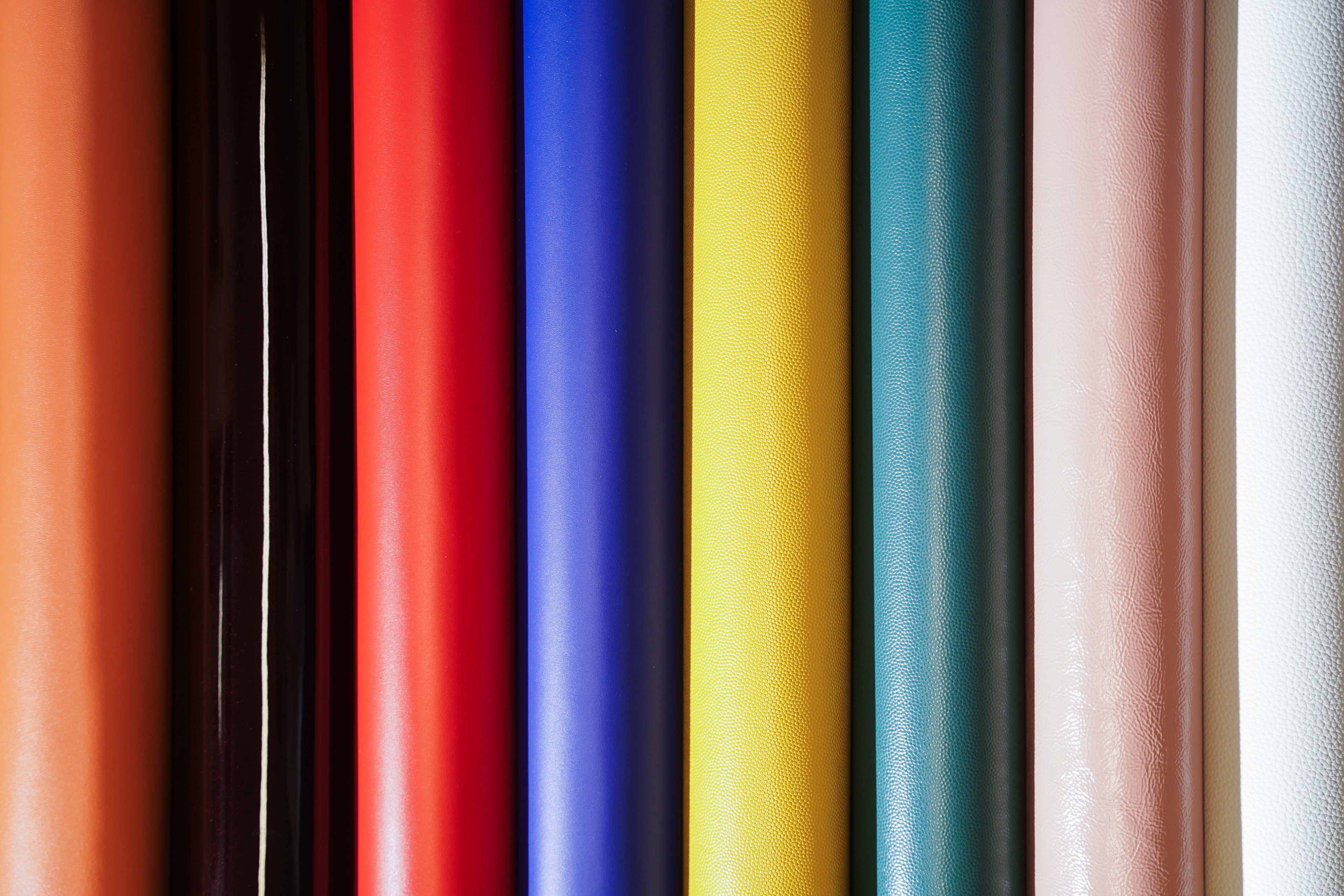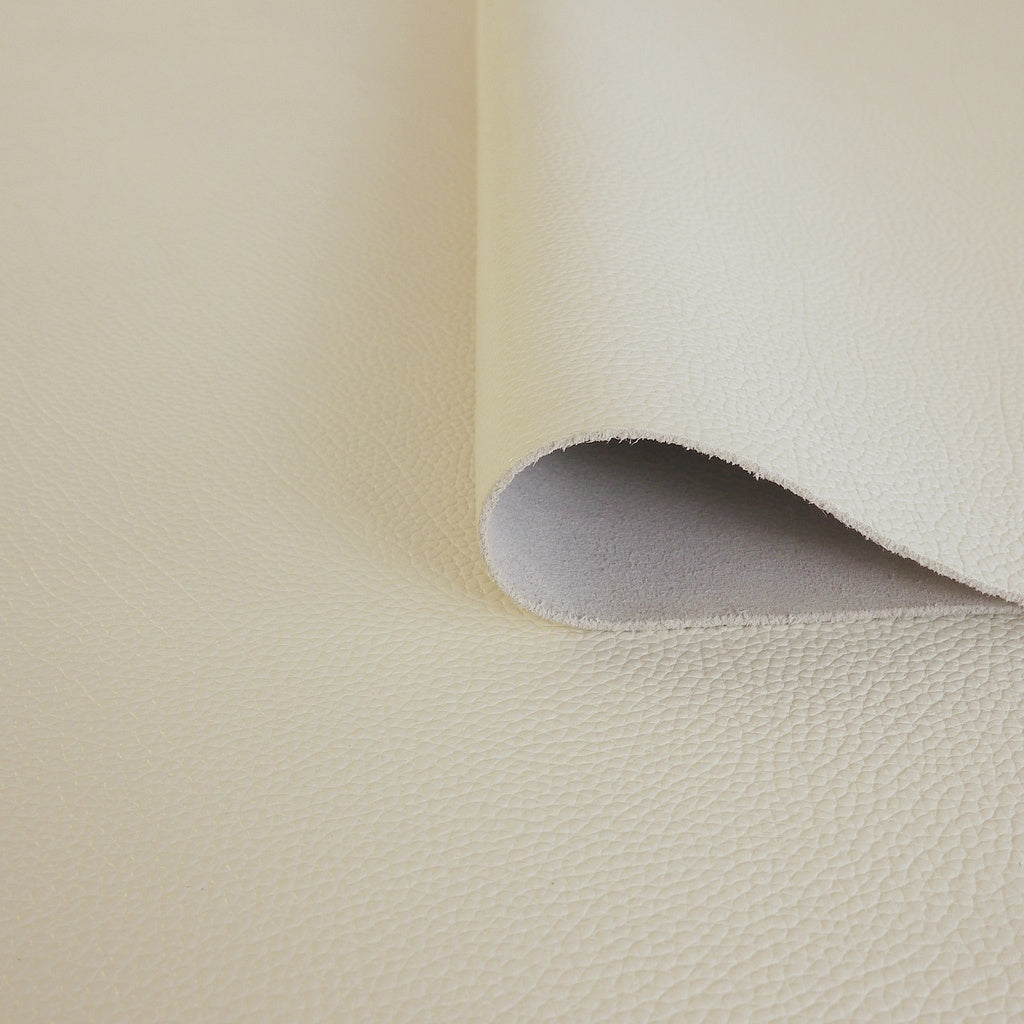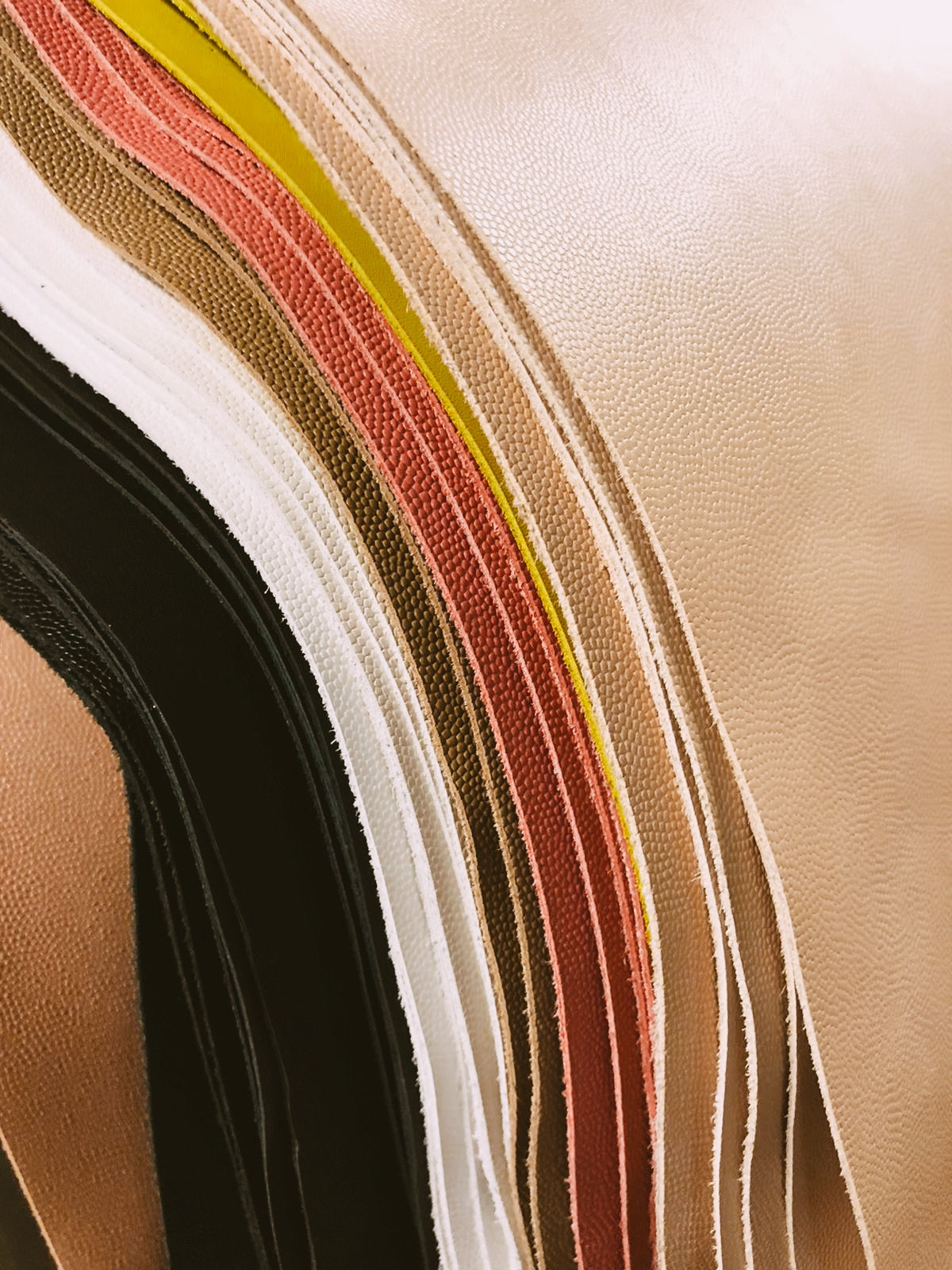What you need to know:
As Green Whereabouts (2023) reminds us, "leather comes from by-products of the food industry. The animal is never raised for its skin. The tannery thus makes it possible to recover a material that would otherwise be wasted."
Leather production has a significant environmental impact: water consumption, chemicals, and solid waste. But the industry is evolving. Many tanneries are now adopting more environmentally friendly practices.
Natural leather, being an organic material, is biodegradable. Although the tanning process slows this biodegradation, the leather will eventually decompose naturally, returning to the earth without leaving any lingering toxic residue.

The choice of material:
Leather is much more than just a raw material. It's a noble material that tells a story, one of ancestral know-how passed down from generation to generation.
It has a porous structure that allows air to circulate and moisture to evaporate. This characteristic is particularly important for shoes, as it allows the foot to "breathe."
Quality leather has exceptional longevity. It naturally resists abrasion, tears, and repeated folding. With proper care, a pair of genuine leather shoes can last for decades, even improving over time thanks to the patina that naturally develops.

The material:
The caviar leather we chose for the Othilie model is a full-grain, supple, grained calfskin of extreme quality.
Its matte appearance and discreet texture bring depth to timeless and unique pieces.
Perfectly combining flexibility and robustness, it hugs the foot gently and ages brilliantly.

SOURCING:
